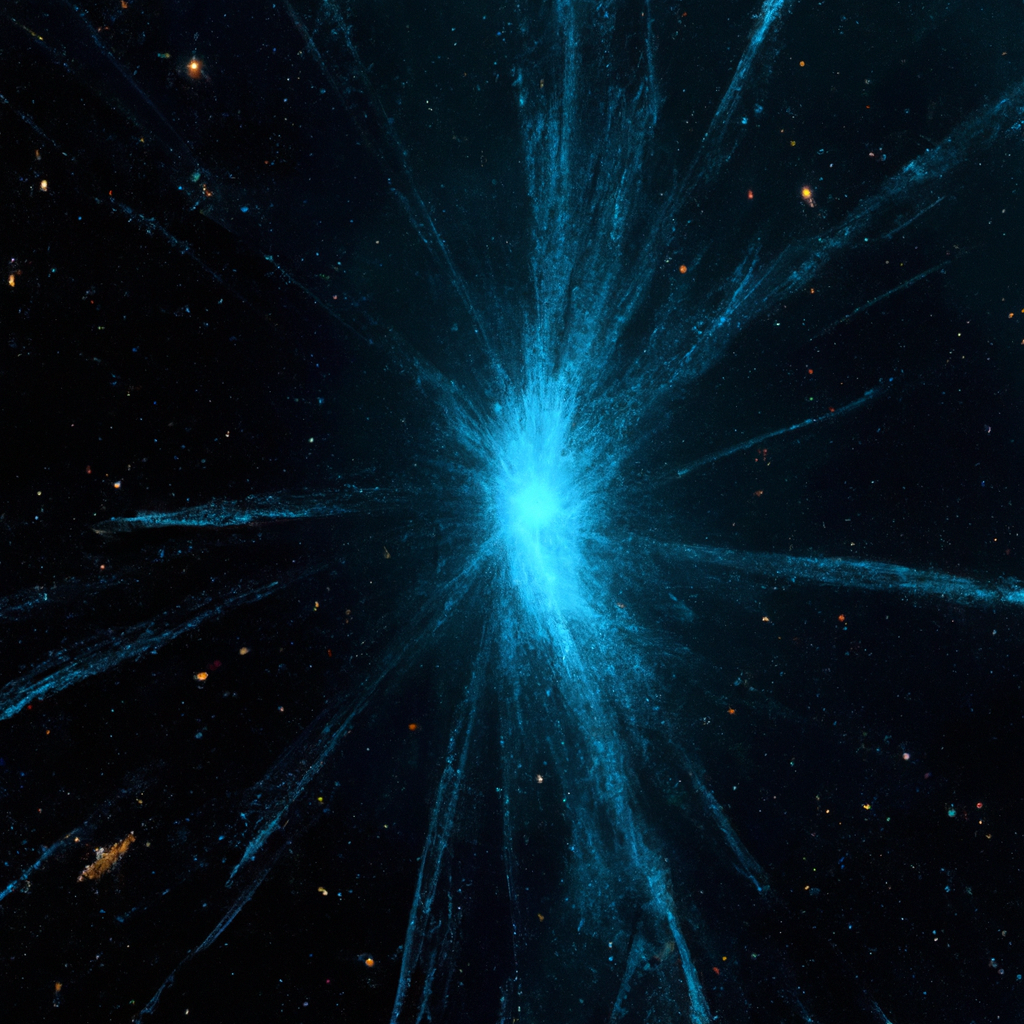Black holes are among the most fascinating and mysterious objects in the universe. They are so strange that they challenge our understanding of the laws of physics. Black holes are formed from the gravitational collapse of massive stars. In this article, we will explain how black holes form, what is an event horizon, and what is a singularity.
Formation of black holes
Black holes are formed when a massive star runs out of fuel and can no longer generate the energy needed to counteract the force of gravity. The core of the star collapses under the weight of its own gravity, causing the star to explode in a supernova. The outer layers of the star are blown away, leaving behind a small, extremely dense object called a neutron star.
If the core of the star is massive enough, the neutron star will continue to collapse under the force of its own gravity, becoming smaller and denser. At this point, the neutron star becomes a black hole.
Gravitational collapse
The gravitational collapse of a star is a process that occurs when the core of a star cannot support its own weight. The core collapses in on itself, increasing the pressure and temperature until it becomes hot enough to ignite nuclear fusion. This fusion process creates energy that counteracts the force of gravity, preventing the star from collapsing further.
However, when the star runs out of fuel, it can no longer generate the energy needed to counteract gravity. The core collapses again, this time faster and more violently. The outer layers of the star are blown away, leaving behind a neutron star or a black hole.
Event horizon
The event horizon is the boundary around a black hole beyond which nothing can escape, not even light. It is the point of no return, beyond which the gravitational pull of the black hole is so strong that nothing can escape, not even light.
The event horizon is determined by the mass of the black hole. The larger the black hole, the larger its event horizon. For a black hole with the mass of the sun, the event horizon is about 3.7 miles (6 kilometers) in radius. For a black hole with the mass of a million suns, the event horizon is about 1.8 million miles (3 million kilometers) in radius.
Singularity
The singularity is the point at the center of a black hole where the laws of physics as we know them break down. It is a point of infinite density and zero volume, where the gravitational pull is so strong that it distorts space and time.
The singularity is a mathematical concept, and we do not know what happens at the singularity. It is possible that the singularity is a gateway to another universe or a parallel dimension.
Conclusion
In conclusion, black holes are formed from the gravitational collapse of massive stars. The core of the star collapses under the force of its own gravity, becoming a neutron star or a black hole. The event horizon is the boundary around a black hole beyond which nothing can escape. The singularity is the point at the center of a black hole where the laws of physics as we know them break down. Black holes are strange and mysterious objects that challenge our understanding of the universe.







